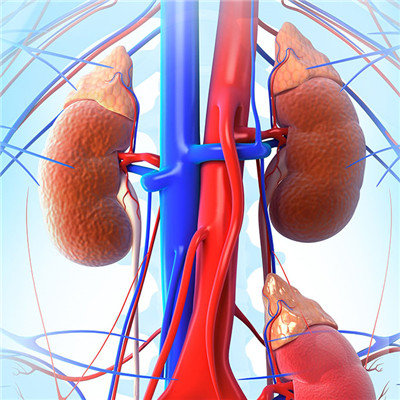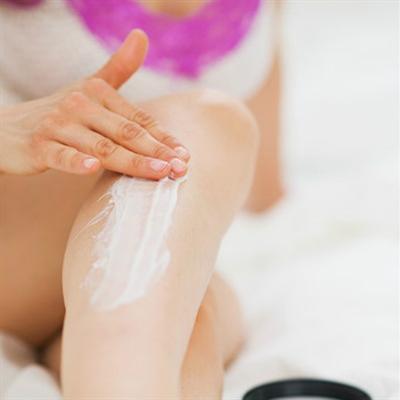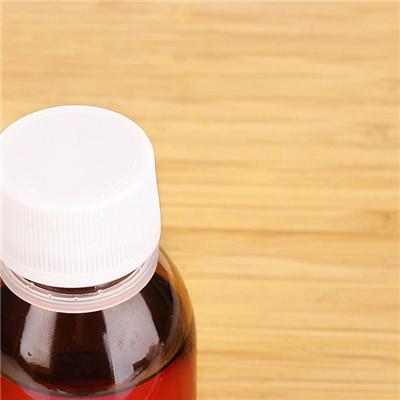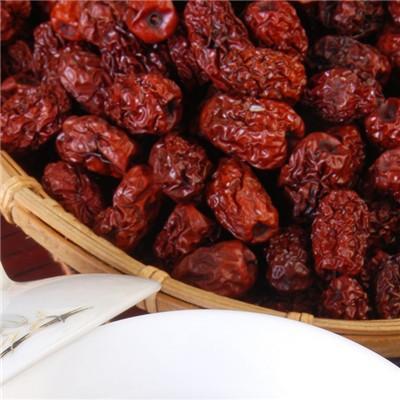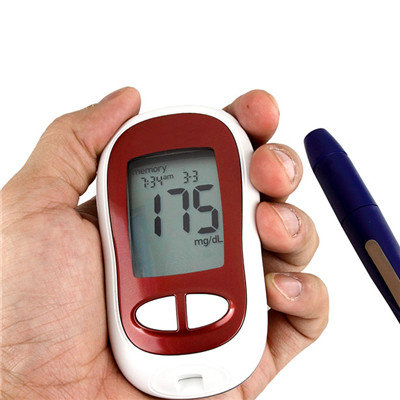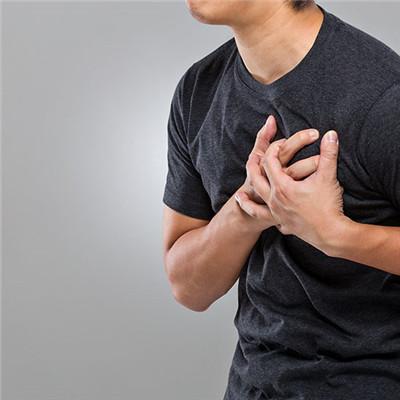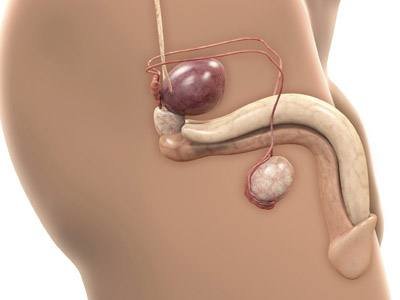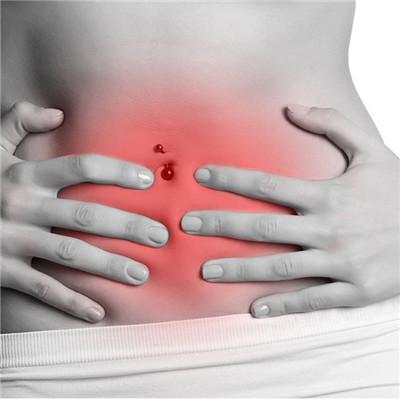What are the complications of tracheotomy
summary
The * aunt was treated with tracheotomy because of the retention of lower respiratory tract secretions, and the postoperative recovery was ideal. The only complication that might be noticed is the possible complications. Let's take a look at the complications of tracheotomy.
What are the complications of tracheotomy
First: subcutaneous emphysema: it is the most common complication after operation, which is related to excessive separation of soft tissue in front of trachea, short trachea incision outside and long trachea incision inside, or tight suture of skin incision. The gas escaping from the trachea cannula can enter the subcutaneous tissue space along the incision and spread along the subcutaneous tissue. The emphysema can reach the head, face, chest and abdomen, but it is generally limited to the neck. Most patients can absorb after a few days, so there is no need for special treatment.

Secondly: pneumothorax and mediastinal emphysema: when exposing the trachea, the downward separation is too much and too deep, and after damaging the pleura, pneumothorax can be caused. The position of the right pleural apex is higher, especially in children, so the chance of injury is more than that of the left. Mild cases have no obvious symptoms, severe cases can cause asphyxia. If it is found that dyspnea is relieved or disappeared after tracheotomy, and dyspnea occurs again soon, pneumothorax should be considered, and the diagnosis can be confirmed by X-ray. At this time, pleural puncture should be performed to remove the gas. Patients with serious condition need closed drainage.

Finally: bleeding: a small amount of bleeding in the wound during the operation can be stopped by compression or filled with gelatin sponge compression. If there is more bleeding, there may be vascular injury, the wound should be checked and the bleeding point should be ligated.

matters needing attention
To keep the indoor air clean, temperature and humidity appropriate. Double layer wet gauze is applied at the mouth of the catheter to keep humidity and prevent foreign matters from falling into the catheter. In the use of drugs must be careful to prevent inhibition of cough or expectoration.
